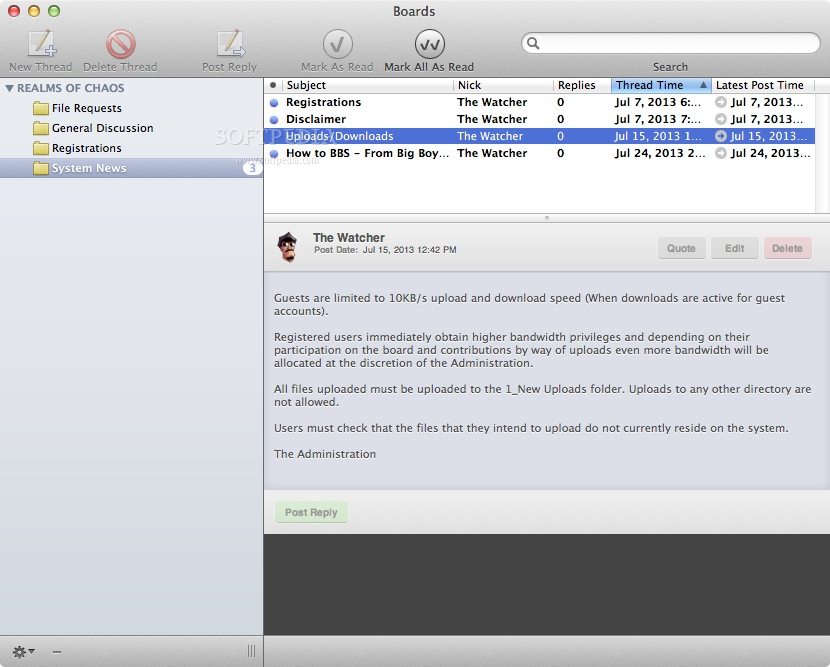

(I call it “Greta Thunberg optimism.”) But whatever the story, you should find something to learn from it-and, ideally, the inspiration to make a positive difference yourself. Our stance is neither optimism nor pessimism, but rather the belief that it's worth persisting even when things seem hopeless. These aren’t all feel-good stories by any means: there are villains as well as heroes, failures as well as successes. So I think WIRED’s job is to tell stories about the world’s biggest problems, the role tech plays in them-whether for good or bad-and the people who are trying to solve them. And you cannot hope to change the world for the better unless you can learn from the achievements and the mistakes other people have made. You cannot explain the impacts of technology on the world without deeply understanding the motives, incentives, and limitations of the people who build and use it. Technology plays a starring role in all of these issues, but what’s clearer today than ever is that it’s people who create change, both good and bad.
Wired client Offline#
Our subject matter isn’t technology, per se: It’s those challenges-like climate change, health care, global security, the future of democracy, the future of the economy, and the dizzying speed of cultural change as our offline and online worlds mingle and remix.

We do it not by going into Pollyannaish raptures about how great the future is going to be, nor dire jeremiads about how bad things could get, but by taking an evenhanded, clear-eyed look at what it would take to tackle the severe challenges the world faces. Which brings me to the question of what WIRED is for.įundamentally, WIRED has always been about a question: What would it take to build a better future? We exist to inspire people who want to build that future.

To do that-and to then push that future in the right direction-we need to reject this 0-or-1 logic. This kind of thinking helps nobody make sense of the future that’s coming. But even that term, “inflection point,” falls into the binary trap, because it presumes that things will get either worse or better from here. This tug-of-war between optimism and pessimism is the reason why I said this feels like an inflection point in the history of tech. But they’ve forced us-and me in particular, as an incoming editor-to ponder the question: What does it mean to be WIRED, a publication born to celebrate technology, in an age when tech is often demonized? WIRED hasn’t shied away from covering these problems. It’s given us Tahrir Square, but also Xinjiang the blogosphere, but also the manosphere the boundless opportunities of the Long Tail, but also the unremitting precariousness of the gig economy mRNA vaccines, but also Crispr babies. Today, a great deal of media coverage focuses on the damage wrought by a tech industry run amok. If that optimism was binary 0, since then the mood has switched to binary 1. By reading WIRED, we hinted, you could join them there! They were more daring, more creative, richer and cooler than you in fact, they already lived in the future. Our covers featured the brilliant, renegade, visionary-and mostly wealthy, white, and male-geeks who were shaping the future, reshaping human nature, and making everyone’s life more efficient and fun. We chronicled and championed inventions that we thought would remake the world all they needed was to be unleashed. When WIRED was founded in 1993, it was the bible of techno-utopianism.


 0 kommentar(er)
0 kommentar(er)
